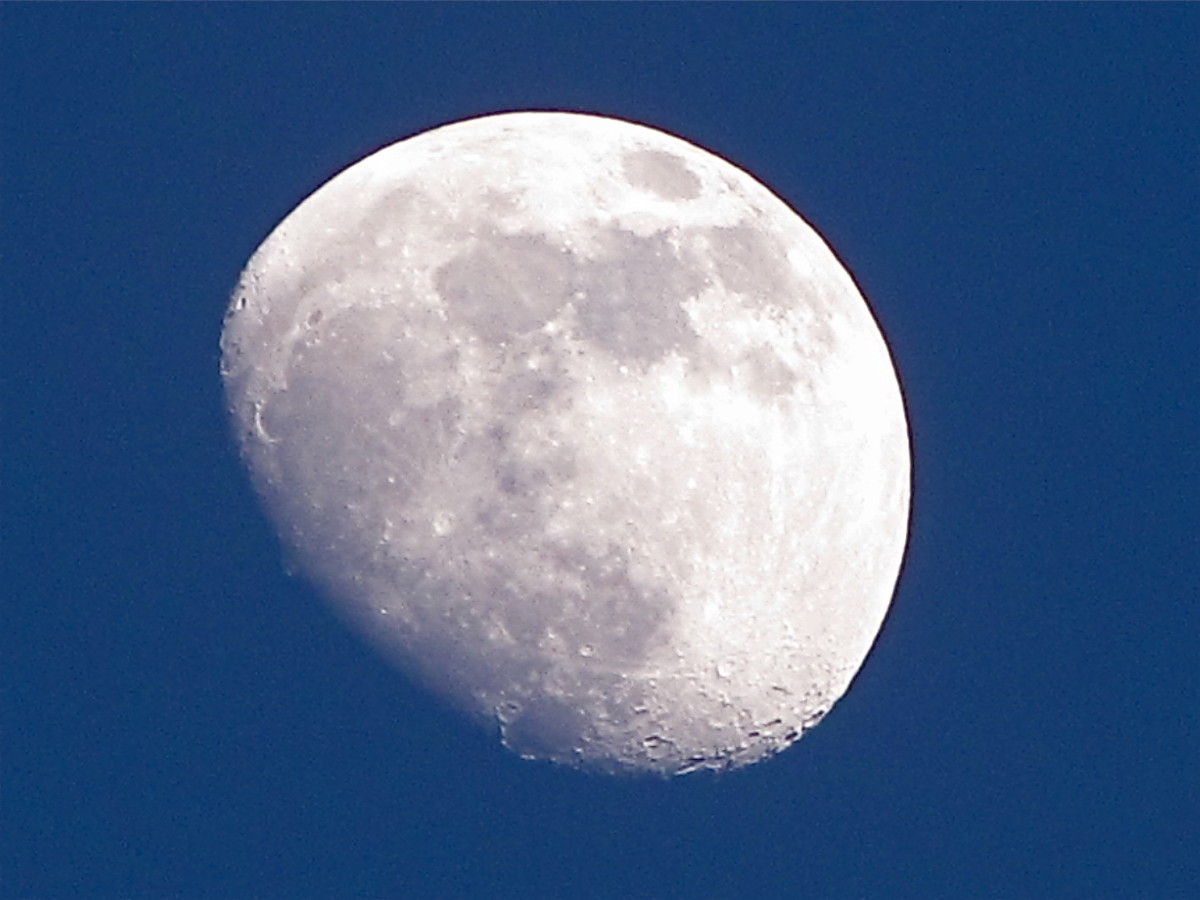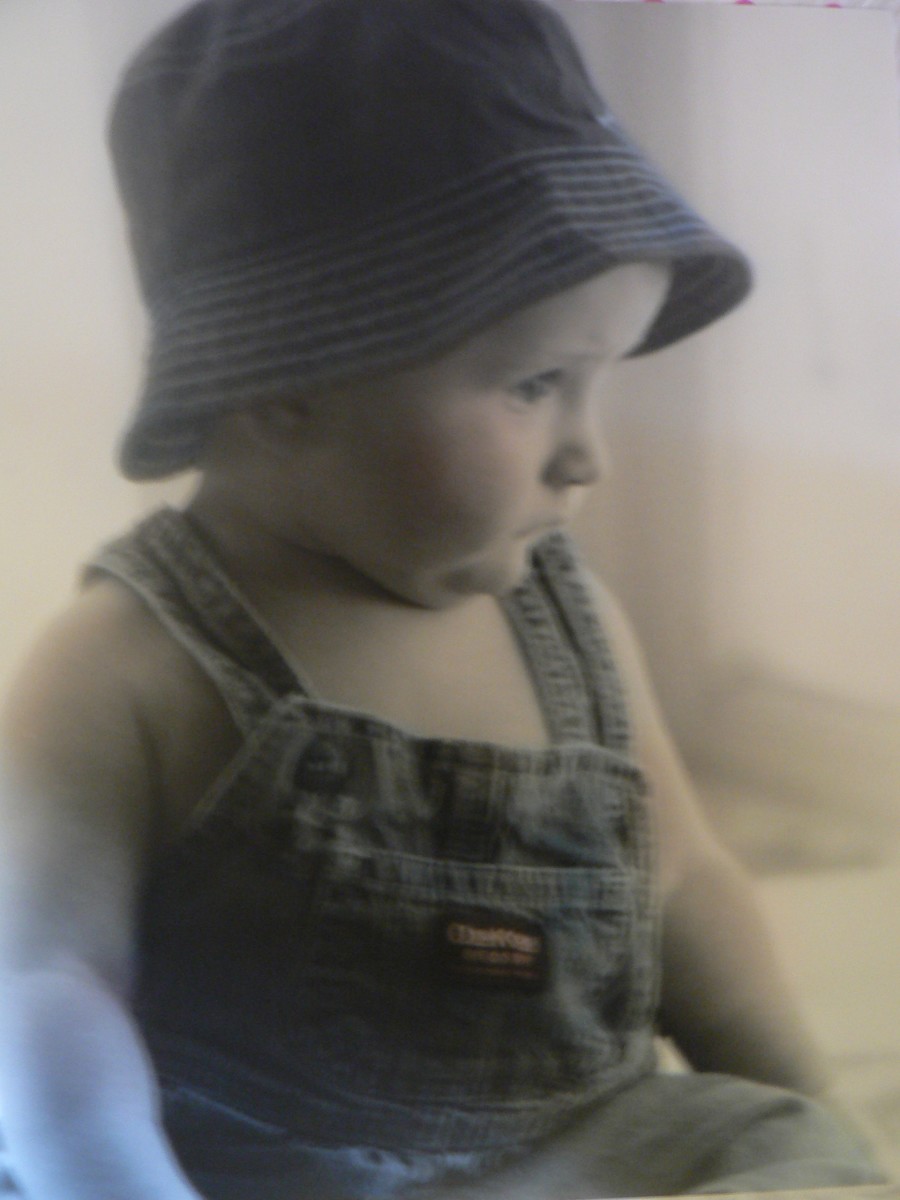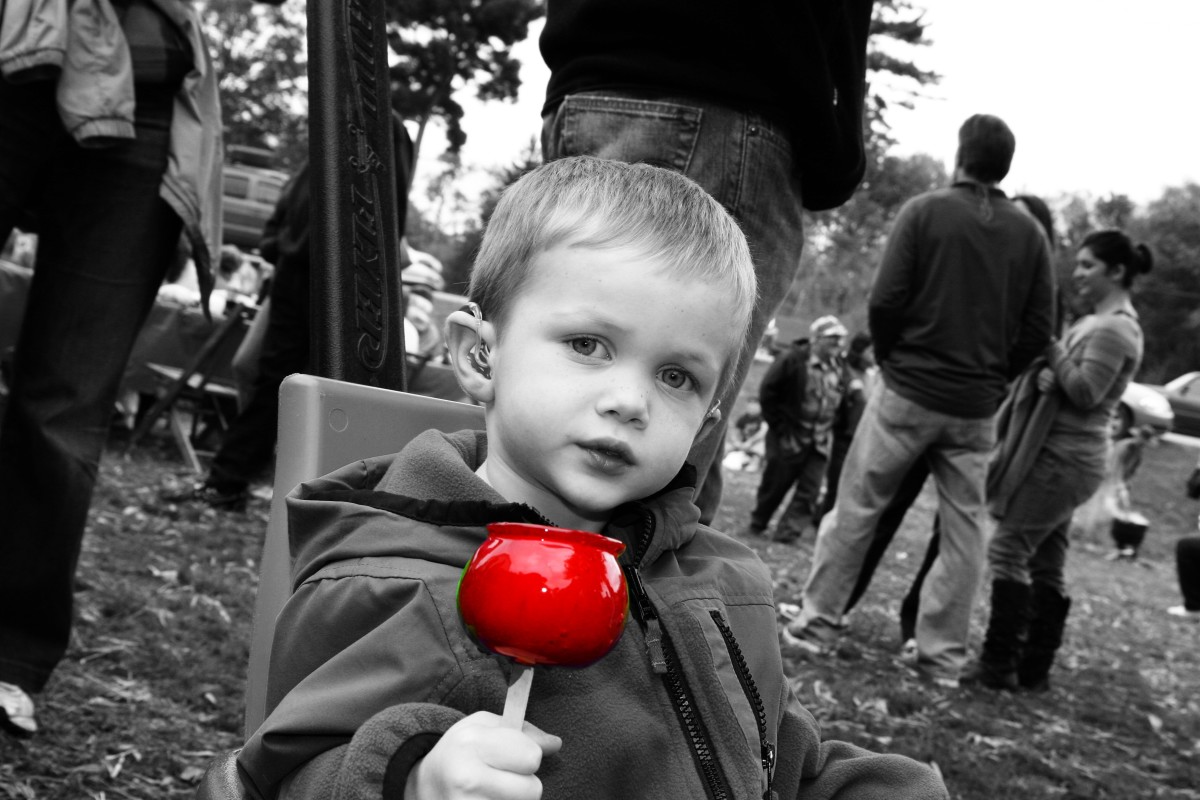Understanding Your Camera Settings
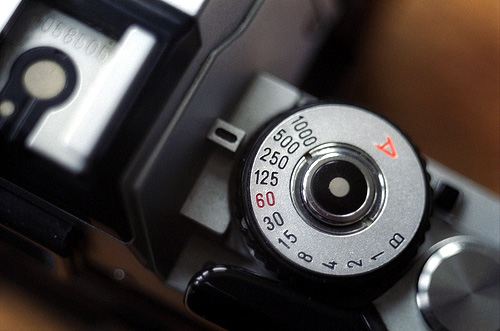
The camera settings
Camera settings are meant to be learned and then used, but you must first understand some basic uses for them in order to take shots that matter.
Sure, any modern digital or film camera has an automatic mode, but as your photographic prowess grows, you will want to be creative and have an artistic command in the way that you take photographs.
Auto Mode. This is the mode to use if you lack even the sightless notion regarding exposures, shutter speeds, film speed etc. The camera will take a reading of the subject, the light, the film speed and set everything for you. Great shots can results from this mode, but the photographer becomes nothing more than a button pusher. This is usually shown as a green square or an A.
Portrait Mode. This is the mode to use if you are taking portraits. The camera will usually set a wide aperture to trow the background out of focus to avoid distractions so that the viewer will concentrate on the person whose photo is being taken. Usually represented as a face.
Landscape Mode. This is the mode to use when taking photos of landscapes, mountains, parks, beach scenes etc. The aperture will be set to allow a balanced depth of field, which will show front ,mid ground and some back elements in clear definition. Mostly represented as a mountain.
Action Mode. If your subject is moving, this is the mode that should be used. The camera will set a fast shutter speed to freeze motion and render it in clear focus. This mode is most always shown as a running figure alone or on a bicycle.
Close Up Mode. For close ups , use this mode. The camera will use a centered metering mode which will emphasize the center of the subject to render in a clear and crisp focus. Represented by a flower image in most systems.
Manual. The choice of most professionals that want to be in charge of the complete process. The photographer chooses the aperture and the shutter speed, thereby being in total control. Always represented by an M
B setting. B stands for bulb.The setting used when you intend to use a flash. The camera will set the flash sync speed and depressing the shutter will set the flash.
Metering Modes. This is where the camera determines the amount of light, contrasts aspects and sets the controls accordingly.
Multi Zone. The camera divides the image into several zones and takes an average reading for the final shot.
Selective. The camera will take a reading from a selected part, usually the center, and sets the controls accordingly in order to render this area in the clearest and sharpest focus.
Spot . This is where the camera selects a reading from a selected spot in the image, and uses the information to set the controls. This is what most professionals use.
Center weighted. The camera will take an average reading from the whole image but will emphasize the central part. It can cause problems of exposure when the subject is surrounded by light or dark areas.
Auto focus. There are two main auto focus controls or modes. One Shot, and Al Servo also called Servo.
One Shot. The camera acquires the subject, assuming that it is a non-moving subject, and maintains focus until the shutter is depressed. It will not re-focus if the subject moves while you depress the shutter.
AI Servo. The camera picks up the subjects and continues to focus on it including when the subject moves and continues focusing until you depress the shutter.
F stops. The size of the aperture in the lens/camera through which lights enters the film plane/digital sensor; the lager the opening the less foreground detail. The larger the opening the more light comes in. A larger opening allows for slower shutter speeds.
Shutter speeds: The amount of time the shutter remains open. Note; you should always use a shutter speed that is about equal to your lens "size". For example if using a 500 lens then your shutter speed should be 1/500 or higher. However, you can play with these settings if using a flash unit.
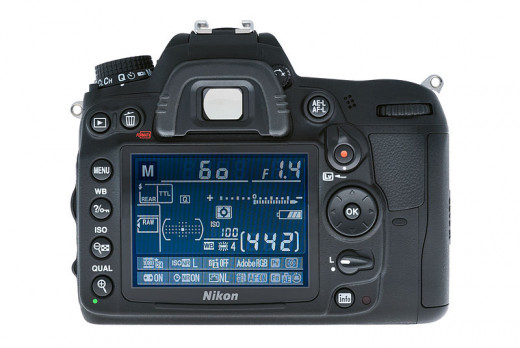
- The Idiot's Guide To Camera Settings - Digital Photo Secrets
Okay. Maybe that’s a bit harsh. Nobody is calling anyone anything, but if you are very new to photography, this article is for you. Your camera can seem like a confusing mess of knobs and settings when you get it for the first time. Don’t worry. You
© 2011 Luis E Gonzalez




